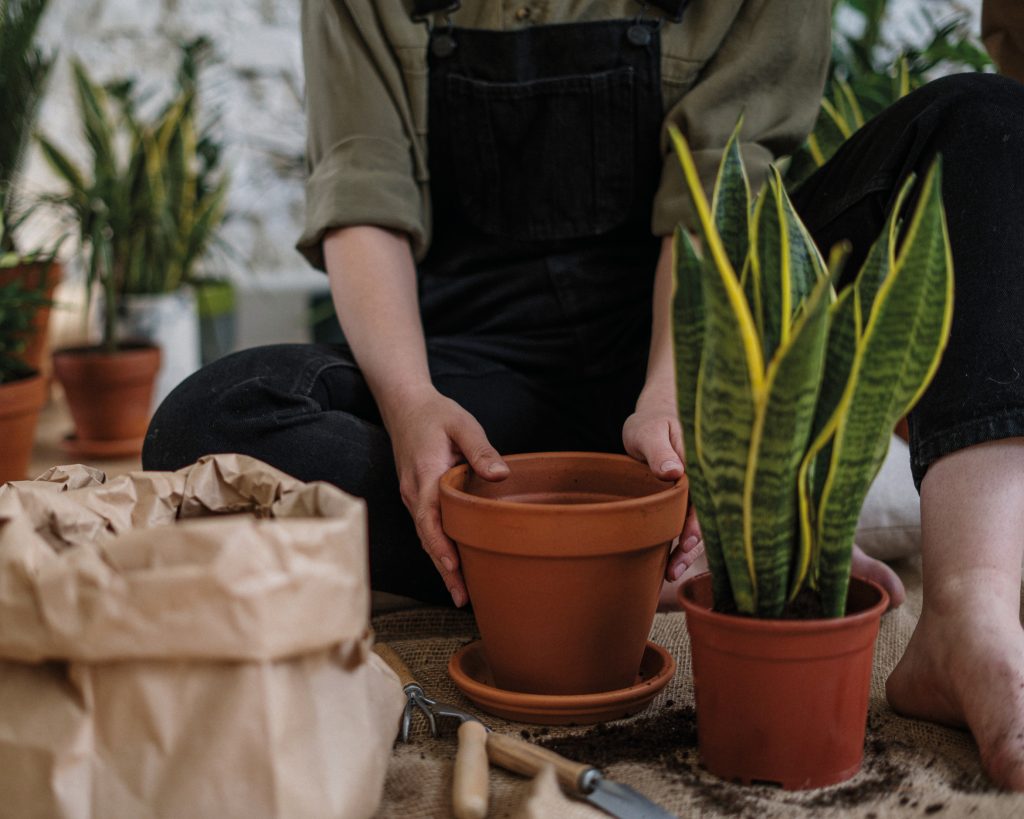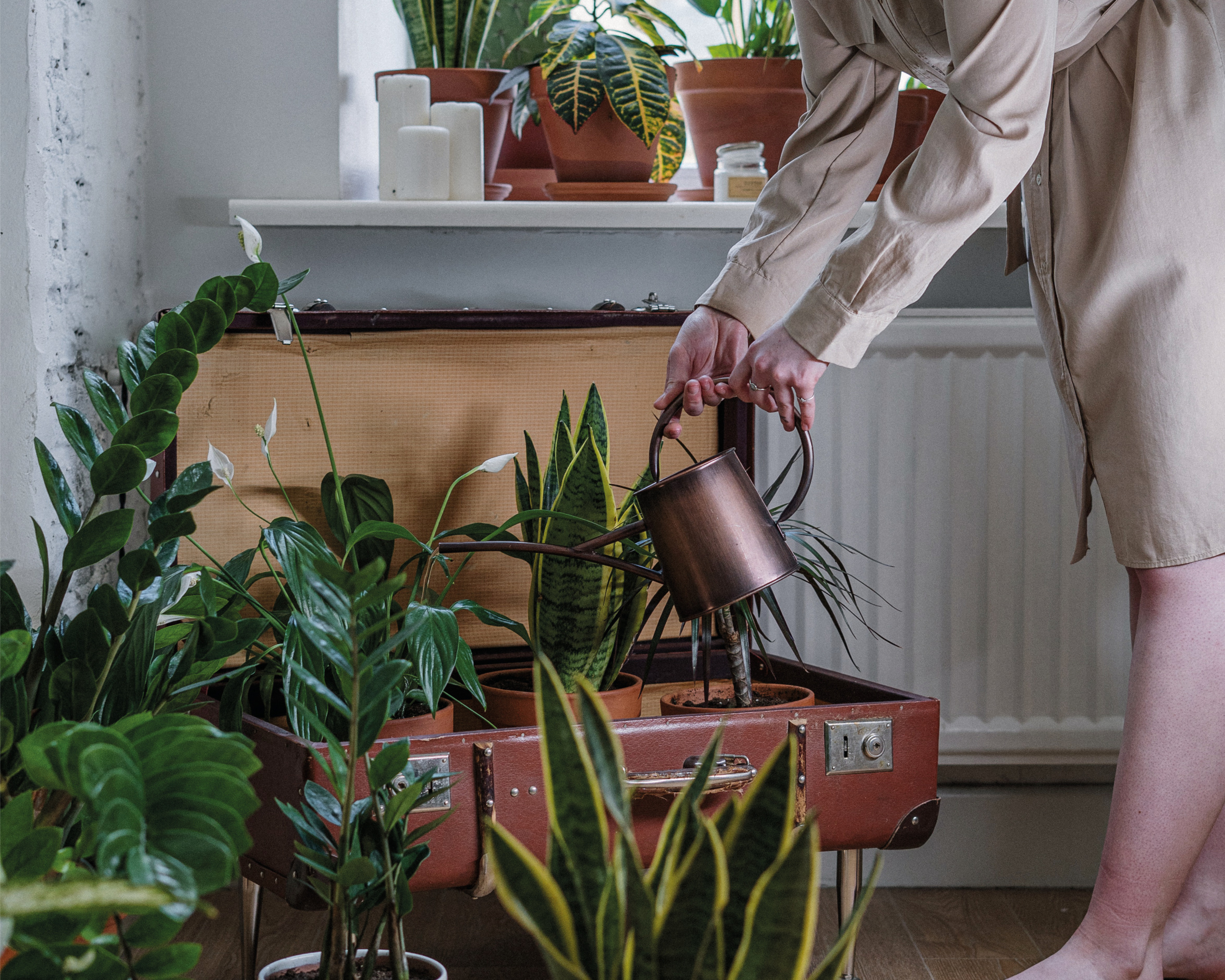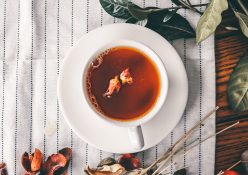Indoor plants make wonderful decor for any space in your home, but they have other benefits for us too
Having plants in your home has become a big trend over the years – you’ll often see luscious flora indoors in decor magazines and
social media posts. It’s hard for it not to rub off on us, because what is there not to love about having them in your space? But there’s more than meets the eye… Research shows that having indoor plants has various benefits.
Breaking down the benefits
1. Purifies the air
One of the key perks of having plants in your home is their ability to purify the air and absorb carbon dioxide, all while releasing oxygen. In fact, a study by NASA showed results that indoor plants can remove 87% of toxins out of the air in a day’s time. And don’t be hesitant to add flora to your bedroom out of fear that it will compromise your oxygen levels at night, as there are various plant species that release oxygen during the evenings.
2. Improves mood and also mental health
If you’re looking for something to boost your mood and ease the stress, making plants part of your interior space might just do the trick. Studies have been conducted proving that indoor flora and the tasks that come with having them soothes stress and mental health issues, such as anxiety, dementia and depression. Houseplants are natural pick-me-ups and will uplift your mood. So, don’t look at indoor gardening tasks as a chore. Instead, it could be a therapeutic moment.
3. Boosts productivity and concentration
Various studies have shown that having plants in the vicinity while working or studying could boost your performance, specifically creativity, concentration and productivity. One of these studies was published in the Journal of Environmental Horticulture, for example, and found that interior plants attributed to study participants working 12% faster and experienced less stress. Another study published in the International Journal of Environmental Research and Public Health found that the participants who studied with real plants (as opposed to no plants, a fake plant or a photo of one) were able to concentrate better.

Things to look out for:
There are a few things to keep an eye out for when you’re choosing a plant to ensure it is healthy and suited for your home.
Label
Most plants come with a care label that informs you about the maintenance level that is needed. You’ll be able to get an idea of the amount of water, light and space that is needed for it to thrive. From this information, you can determine whether it’d be wise to commit to the plant.
Size
This one might seem obvious, but take the size of the plant into consideration before making the purchase. Will it fit into the space you envision it in? Smaller plants also tend to be cheaper than larger ones, which means there won’t be as big of a risk if they die. On the other hand, larger plants are often more established and thus hardier.
Pests and other problems
You don’t want to get home and realise you’ve picked the runt of the bunch. Check the plant for pests before buying it – look on the leaves, stems and soil. If the plant is wilting and show signs of discolouration in its leaves, it’s another sign not to make the purchase.
Words by Bianca Muller
Photography: Courtesy Images





